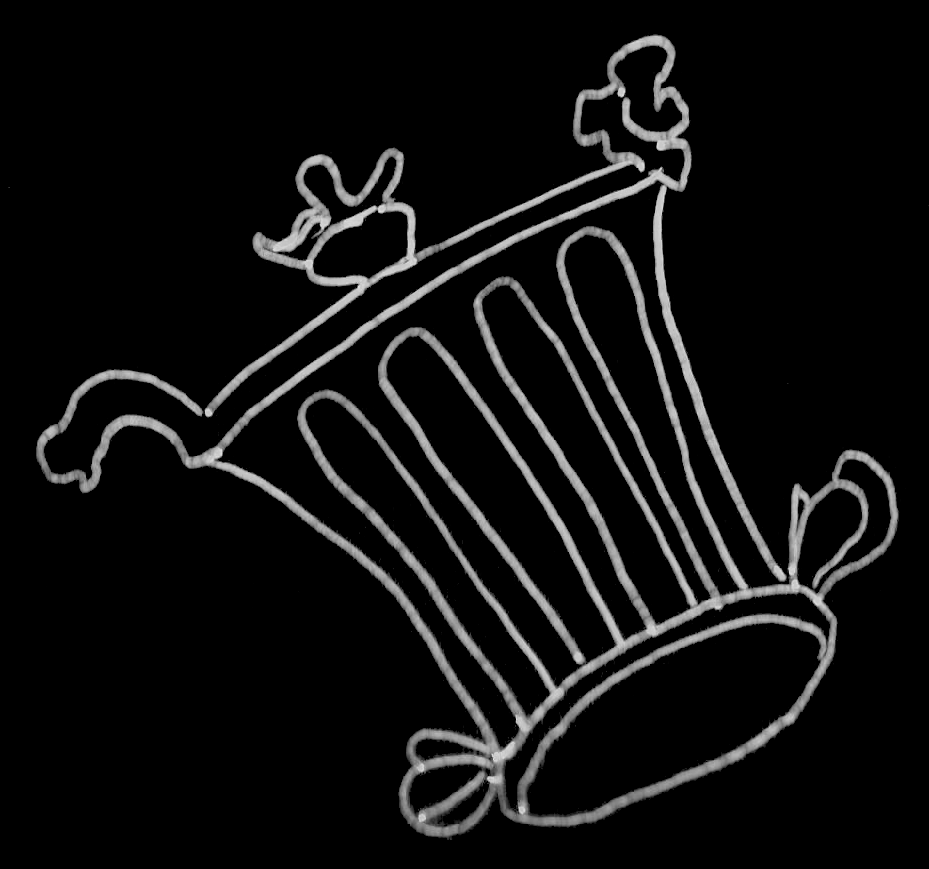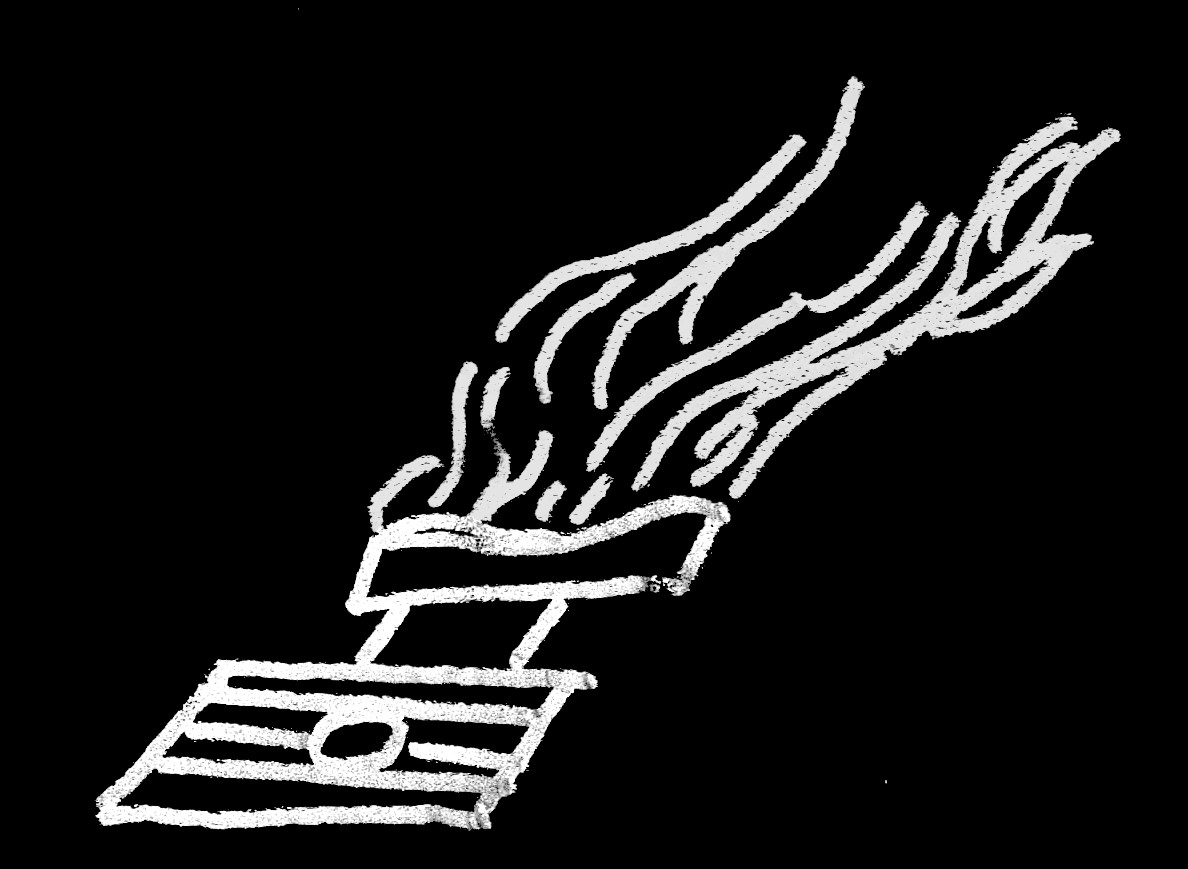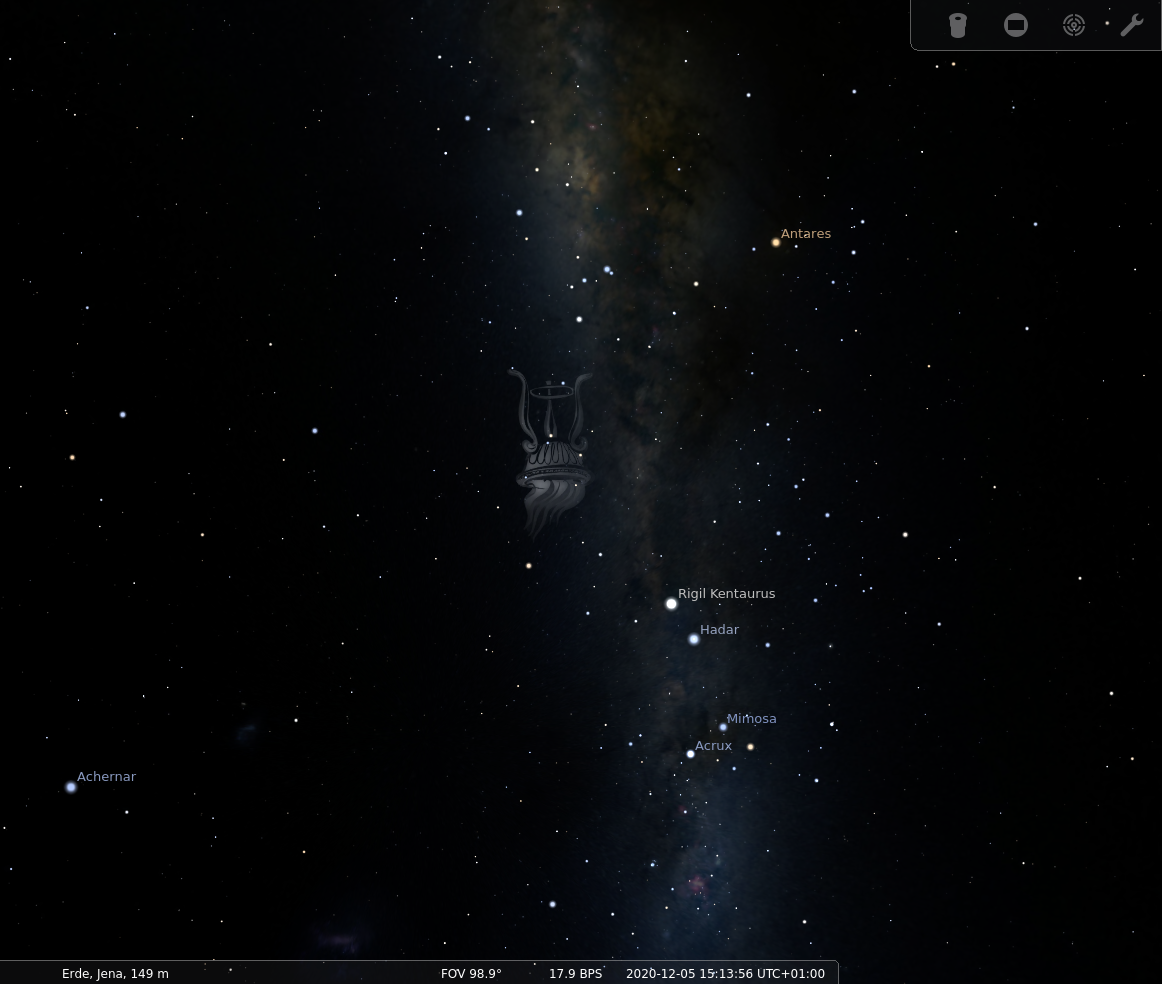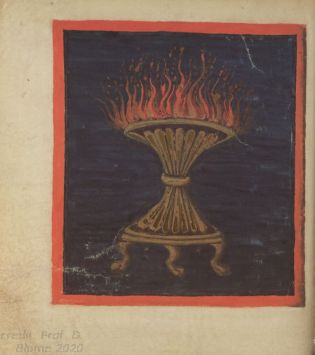Profile / Characteristics
| English translation | Latin declination and pronunciations | Size/ °² | # stars (visible) |
| the Altar | Ara – AIR-uh, AR-uh Arae – AIR-ee, AR-ee | 237 | 71 |
Main Star (brightest one):
| Designation | HIP number | name in IAU-CSN | brightness |
| α Ara | HIP 85792 | – | 2.95 mag (V) |
Our (modern) Explanation
Ara is an ancient Greek constellation. It represents the place to seal bonds and to swear. It forms a super-constellations with the neighbouring Cen+Lup because the centaur is depicted carrying the dead beast on a thyrus rod towards the Altar in order to sacrifice it.
Ancient Globes



Farnese Globe
Kugel Globe
Mainz Globe
Ancient Lore & Meaning
Aratus
[402] Below the fiery sting of the dread monster, Scorpion, and near the South is hung the Altar [Ara]. Brief is the space thou wilt behold it above the horizon: for it rises over against Arcturus. High runs the path of Arcturus, but sooner passes the Altar to the western sea. But the Altar even beyond aught else hath ancient Night, weeping the woe of men, set to be a mighty sing of storm at sea. [710] When the latter [Ram] rises, the Altar is seen setting in the West, while in the East may be seen rising as much as the head and shoulders of Perseus.
Reference:
English translation by Douglas Kidd (1997).
Aratus: Phaenomena, Cambridge Classical Texts and Commentaries, Series Number 34
Pseudo-Eratosthenes
References:
French translation by:
Jordi Pàmias i Massana and Arnaud Zucker (2013). Ératosthènes de Cyrène – Catastérismes, Les Belles Lettres, Paris
English version in:
Robin Hard (2015): Eratosthenes and Hyginus Constellation Myths with Aratus’s Phaenomena, Oxford World’s Classics
Modern and Mediaeval Depiction


Depiction in Stellarium (by Fabien Chéreau, since 2000 CE)
depiction in the Leiden Aratea (9th century CE)
Early Modern Interpretation
Contemporary
As one of their first tasks in the 1920s, the newly founded International Astronomical Union (IAU) established constellation standards. The Belgian astronomer Eugène Delporte was assigned to the task to define borders of constellations parallel to lines of declination and right ascension. They were accepted by the General Assembly in 1928. The standardized names and abbreviations had already been accepted in 1922 and 1925.

